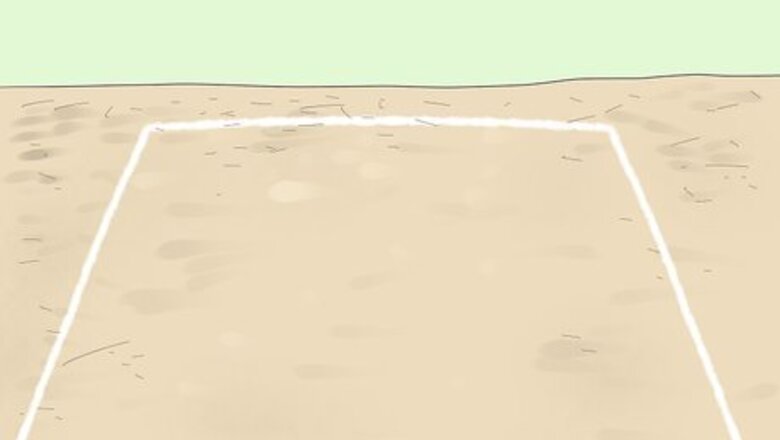
views
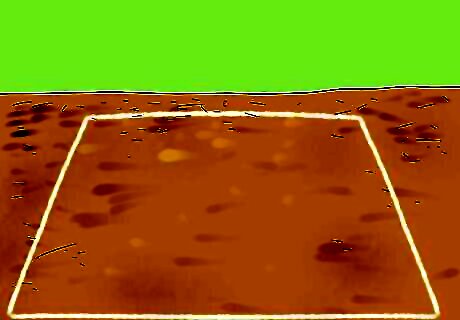
Draw out your project using a pencil, chalk or can of spray-paint depending on the type of surface that you are working on. The layout of the project should be drawn on-location with exact measurements.
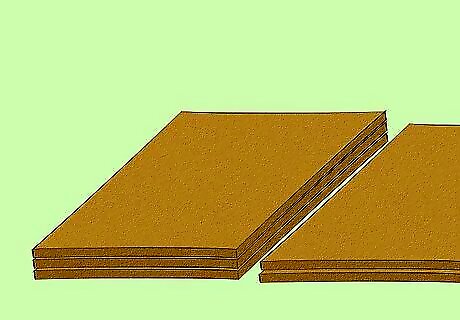
Select your slabs. You can choose from a large variety of patterns, colors and surface textures. You also need to decide the thickness of the slabs that you want to use and the material they are made of since this will affect their durability. Slabs for outdoor driveways and sidewalks are 6 to 8 inches (15 to 20 cm) thick whereas the slabs used for indoor porches and garages are 4 to 5 inches (10 to 12.5 cm) thick.
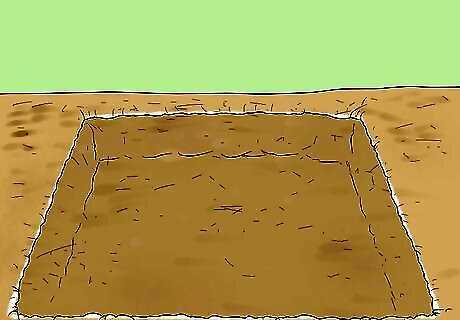
Dig out the ground that will be beneath the slabs. This is known as the sub-grade layer and should be the same depth as the combined thickness of the slabs, the sub-base layer, the bedding and the layering.
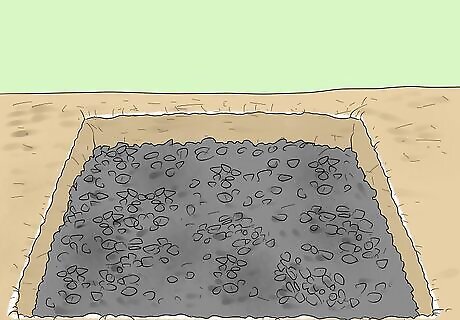
Fill the base of the sub-grade layer with gravel or limestone. This will create the sub-base layer that should be at least 4 inches (10.2 cm) thick.
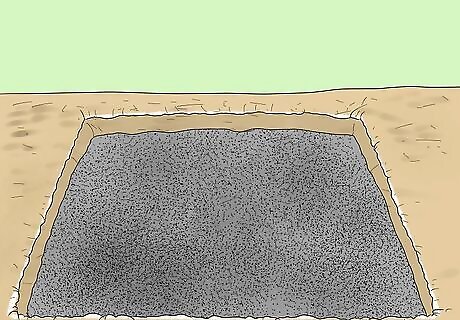
Pour construction sand on top of the sub-base layer to make the bedding layer. This will fill gaps in the sub-base layer and also give a smoother surface since the construction sand is finer than the gravel or limestone under it. Pat the construction sand to make it compact and level it to create a fine and smooth surface. The final depth of the bedding layer should be approximately 2 inches (5.1 cm).
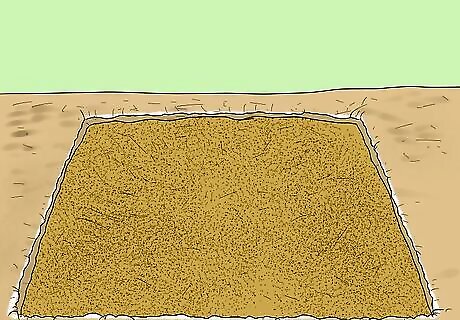
Install the leveling layer. The leveling layer needs to be installed with great precision because the slabs will be placed directly on top of it. If the leveling layer is installed incorrectly the slabs may wobble, which will not only make them difficult to walk on but also cause damage to the slabs. You can install a leveling layer successfully using the following steps. Use fine sand to create a smoother surface. Pour the leveling sand slowly so it has enough time to spread evenly. Shape the leveling layer so it is slightly concave. If the slab rests at the edges it will not wobble whereas any bumps near its center point underneath will cause wobbling. Make the leveling layer approximately 1 inch (2.5 cm) thick to create the concave shape without exposing any of the bedding layer underneath. Do not compact the leveling layer. It is better to leave this layer soft so it can adjust easily as a sort of padding under the slabs.
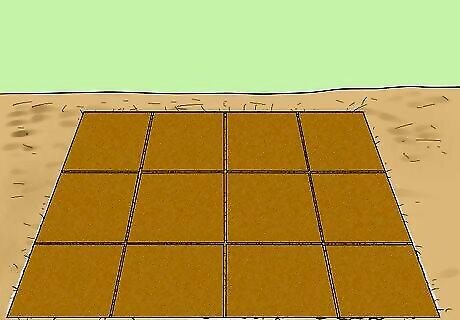
Lay slabs gently and evenly over the leveling layer to create the final paving. You may need a partner for laying slabs evenly so you can lift each slab from the edges and lower it together while keeping it as flat as possible.
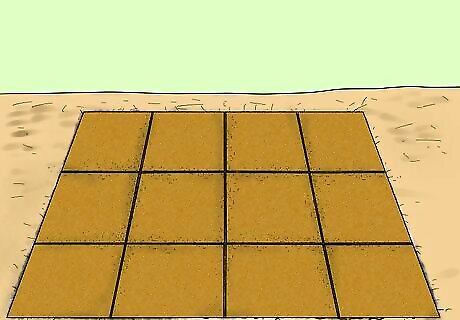
Sweep jointing sand into the gaps between the slabs. This locks the slabs together and prevents them from bumping into each other.
















Comments
0 comment